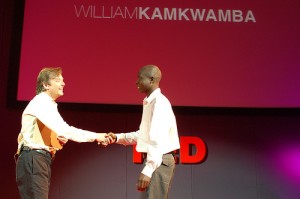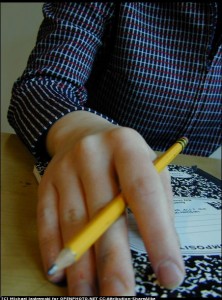As a native of Tucson, Arizona, I was stunned to hear of the events from this past Saturday. The Tucson that I know is a beautiful place where there are people who are open-minded, generous and willing to hear opposing views, people who work often and tirelessly on volunteer efforts, people who take raising their children seriously and people who work hard to contribute on their jobs and in the community as a whole.
Last September, I went to my thirtieth high school reunion. I saw these people again—Jeff who runs the southeast law enforcement charge for the police division, Jay who is a coach at one of the local catholic schools and who has risked his life to protect innocent citizens through his work as an undercover ATF agent, Marcie who drives each day to her job in Green Valley so that she can provide as a single mom for her outstanding daughter, Jordan who works in development and spends countless hours volunteering within the community, Laurie whose work involves a towing business and faces the hardships of a small business in a down economy. In our high school, we didn’t have to believe what others believed, or share their same religion or even like what they liked to spend time doing in or out of class. We had a mutual respect for difference and we need to reinstill that mutual respect back into our society.
How can we help ourselves, our communities, our public officials and our young people learn from this tragedy in Tucson?
1) We need to open our minds. If we disrespect other’s opinions, we don’t have to disrespect them as people.  The best decisions are made when people can evenly and in a measured way discuss the pros and cons.  When opposition becomes personal, we shut down the ability to be our best and to get peacefully to the best global outcome.
2) We need to model positive conflict-resolution. From talk show hosts to radio personalities and from elected public officials to parents discussing politics with their kids, we need to model a language and display our actions in a manner that is reasonable, non-emotional non-condemning. I agree with Tucson Sherrif Clarence Dupnik who said:
When you look at unbalanced people, how they respond to the vitriol that comes out of certain mouths about tearing down the government. The anger, the hatred, the bigotry that goes on in this country is getting to be outrageous. And unfortunately, Arizona I think has become sort of the capital. We have become the mecca for prejudice and bigotry.
If we can demonstrate self-control in these matters, then we will be able to be role models for young people who look to us for right behavior.
3) We need to hold ourselves and our nation to a higher standard. Our founding fathers built our nation on liberty and justice for all, despite opposing views, and we have long stood against tyrants, despots and others who threaten the fabric of our democracy.  For the courageous people who  have fought in wars to defend our freedoms and who are still deployed around the world today, we need to take this moment in history to recast our vision of America and our responsibility to our nation and to the rest of the world. In short, we need to be worthy of the people who have fought so hard for us.
4) We need to speak directly with our kids about this tragedy. All of us can take this tragedy as a wake-up call. We can all learn to look within ourselves and find any of our own “vitriolâ€, discord with others or feelings which we are harboring which can prevent us from being the best people we can be. We need to be emotionally intelligent—to own our weaknesses, to get help where we need it, to admit our frailities and to be strong in the face of sadness, difficult emotions and any feelings which keep us stuck. The ability to do well in life largely depends on how we teach young people to manage difficult emotions and the way we model that for them is how they will best learn.
Our hearts go out to the community of Tucson as we take this great setback for our nation and turn it into an opportunity to honor those who have lost their lives by being  better people ourselves and by taking our nation to a higher level at a time when we don’t have another minute to waste.  Tomorrow’s blog will focus on what teachers can do in class this week to help students process their feelings and be able to draw correlations between their own words, actions and peace in the world.











![By Andriyko_UA (Own work) [Public domain], via Wikimedia Commons](http://caroljcarter.com/wp-content/uploads/2011/01/Flag-map_of_Malawi-128x300.png)



![By Thomas Hawk from San Francisco, USA (Flickr: Fireworks 4) [CC-BY-2.0 (www.creativecommons.org/licenses/by/2.0)], via Wikimedia Commons](http://caroljcarter.com/wp-content/uploads/2010/12/800px-Fireworks_41-300x199.jpg)
![By Goodlad2 (Me) [Public domain], via Wikimedia Commons](http://caroljcarter.com/wp-content/uploads/2010/12/553px-Cap2-276x300.jpg)


